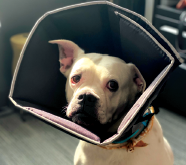
Eye conditions in dogs can range from mild irritation like allergies and small scratches, to more serious issues like cataract and major injuries. Keeping a track of what to watch out for can help you keep the fur baby’s eyes in good shape
TEXT: TEAM BUDDY LIFE
It may be mischief or love, but the shine of your canine’s eyes means the world and gives a glimpse into their emotions and personality. They see the world with that beautiful twinkle. However, their window to the world can at times become clouded due to some infections and diseases. Keeping a track of what to watch out for can help you keep the fur baby’s eyes in good shape. BUDDY LIFE spoke to some renowned veterinarians from all over the country to understand the symptoms of eye problems in the fur babies and the consequences.

MVSc (Veterinary Medicine)
Department of Veterinary Medicine
College of Veterinary Science & A.H. Jabalpur M.P. 482001
Mob: 8349783999

B.V.Sc & A.H, M.V.Sc (GADVASU)
PGDSAT (Gynae.) Ludhiana (Punjab)
Mob: 9781318341

DEPUTY DIRECTOR
LIMCA BOOK OF RECORD HOLDER\
GOLD MEDALIST –ISVS
21 EKTA VIHAR, MITHA PUR ROAD,
JALANDHAR 144003
Mob: 9814258726

Ex – PAHS – 1 Ex – ARMY Small Animal Practisoner at
THE HEALING TOUCH PET CLINIC AND SURGERY
Mob: 07814110784

B.V.Sc & A.H, Vet at Indirapuram
Pet Clinic, Ghaziabad
Mob. No: +91 9818811321
According to Dr G.S. Bedi, “Eye is the most delicate part of the body, so always handle it with care. Whenever there is scratching on the eye or the surrounding area, then we must take note. Some of the common eye problems are Keratoconjunctivitis sicca, entropion, pink eye, cataract, pannus, cherry eye and growth on eyelid.” Agrees Dr Kumar Ravi. “Just like people, dogs can get eye infections and inflammations. Your dog’s eyes can be infected by bacteria or viruses or become inflamed due to external irritants. Sometimes allergies, trauma and dry eyes can also be the cause of eye problems,” he says.
If you have a furry baby at home, you should be equipped to deal with eye issues. They are a common problem in our canine pals and it’s not just the senior dogs who have issues, but a number of conditions can occur at any age and across all breeds. As Dr (Capt) HS Growar says, “The symptoms of eye problems can be a simple increase in tears, reddening of eyes and corneal opacity. The pet will paw the eyes in case of irritation or pain which could further damage the eyes.” As experts opine, there are various types of eye maladies and each one needs to be addressed according to its merit. Much like the humans, eye problems crop up many times when a small object enters or gets embedded in the eye. In addition, scratching or pawing of the cornea, abnormal growth of eyelashes and inverting of the eyelids also lead to eye injuries.
Says Dr Anirudh Mittal, “The frequency of eye problems has increased these days. Brachycephalic breeds like pugs and boxers have more severe eye problems as compared to other breeds due to bulging eyes.” Most common of all is corneal ulcer, where the fur baby damages its own eye due to continuous itching, he explains. According to Dr Aditya Pratap Soni, “The medications vary for various conditions and by the pet parent as delay or ignorance could lead to irreversible damage.” Since our furry companion is unable to express his discomfort, it becomes a huge responsibility for us to monitor his condition. Adds Dr Anirudh Mittal, “The most common initial sign you will notice is the continuous discharge from the eye which can be transparent to yellowish green, depending on the severity of the problem.”
 According to Dr Bedi, the problem of keratoconjunctivitis sicca (KCS) occurs when tear ducts do not produce enough fluid to lubricate the eyes, which leads to irritation and even ulcers in the eyes. So, whenever a pet parent notices any redness or scratching in eyes, then it is likely to be KCS. In the same way, whenever there is inward rolling of eyelid, it is called entropion which is usually a dietary disorder mostly seen in beagles, Lhasa Apso and bulldogs. Another common problem is when the eyes grow red and mucus discharge increases, then it can be a pink eye. It can be due to some allergens, bacterial infection or viral infection. In all conditions, we must first wash it with eye wash which can be saline, say experts. Dr Bedi explains, “When the lens of your dog’s eye starts becoming cloudy, then it is cataract. It can be caused by trauma to the eyes, diabetes mellitus or genetic reasons. Also if in the diet you are giving more carbohydrates, it can lead to diabetes which in turn can American cocker spaniel are some of the breeds prone to cataract. Sometimes, sudden blindness can also be caused due to cataract.”
According to Dr Bedi, the problem of keratoconjunctivitis sicca (KCS) occurs when tear ducts do not produce enough fluid to lubricate the eyes, which leads to irritation and even ulcers in the eyes. So, whenever a pet parent notices any redness or scratching in eyes, then it is likely to be KCS. In the same way, whenever there is inward rolling of eyelid, it is called entropion which is usually a dietary disorder mostly seen in beagles, Lhasa Apso and bulldogs. Another common problem is when the eyes grow red and mucus discharge increases, then it can be a pink eye. It can be due to some allergens, bacterial infection or viral infection. In all conditions, we must first wash it with eye wash which can be saline, say experts. Dr Bedi explains, “When the lens of your dog’s eye starts becoming cloudy, then it is cataract. It can be caused by trauma to the eyes, diabetes mellitus or genetic reasons. Also if in the diet you are giving more carbohydrates, it can lead to diabetes which in turn can American cocker spaniel are some of the breeds prone to cataract. Sometimes, sudden blindness can also be caused due to cataract.”
But what better way to keep your pooch healthy and happy than preventing the disease from cropping into lively beings. “Prevention requires routine monitoring and health check-up from a veterinarian. Cleaning eyes gently with lukewarm water and soft cloth as a part of routine after a bathing schedule can avoid a few problems. But complete prevention of any problem in pets is a debatable question. Also, avoid any contact of your pets’ eye with long cutting-edge grass blades, carrot grass (commonly found allergic to dogs). Avoiding ticks and fleas, infestation and monitoring diet can reduce the risk of eye infections and can help improve the overall health condition of your pet,” suggests Dr Aditya Pratap Soni.
 As Dr Kumar Ravi asserts, treatment for eye infections in dogs depends on the cause. It’s essential to visit your veterinarian to determine the cause and begin appropriate treatment. Your vet may prescribe eye drops and ointment to treat the infection, promote healing, ease any discomfort or itchiness, and possibly treat the underlying condition. Use of Elizabethen collars are also an important tool for treating eyes issues of pets as it prevents the fur babies from scratching their face. Dr Ravi says, “It’s always a good idea to wash your hands well after petting or treating your dog’s red eyes, before petting your other pets, and before touching your own eyes, nose, or mouth. As some viral infections are contagious to humans too.”
As Dr Kumar Ravi asserts, treatment for eye infections in dogs depends on the cause. It’s essential to visit your veterinarian to determine the cause and begin appropriate treatment. Your vet may prescribe eye drops and ointment to treat the infection, promote healing, ease any discomfort or itchiness, and possibly treat the underlying condition. Use of Elizabethen collars are also an important tool for treating eyes issues of pets as it prevents the fur babies from scratching their face. Dr Ravi says, “It’s always a good idea to wash your hands well after petting or treating your dog’s red eyes, before petting your other pets, and before touching your own eyes, nose, or mouth. As some viral infections are contagious to humans too.”
Last but not the least, Dr (Capt) H S Growar elaborates, “The best way to treat an eye condition is to immediately put on an Elizabethan collar and take him to the nearest veterinary clinic for further treatment. Do not attempt self-medication or treatment as you might cause further damage which might lead to the loss of the eye.” Your vet will be able to tell you how to manage a canine with an eye problem, do not try to deal with it yourself.
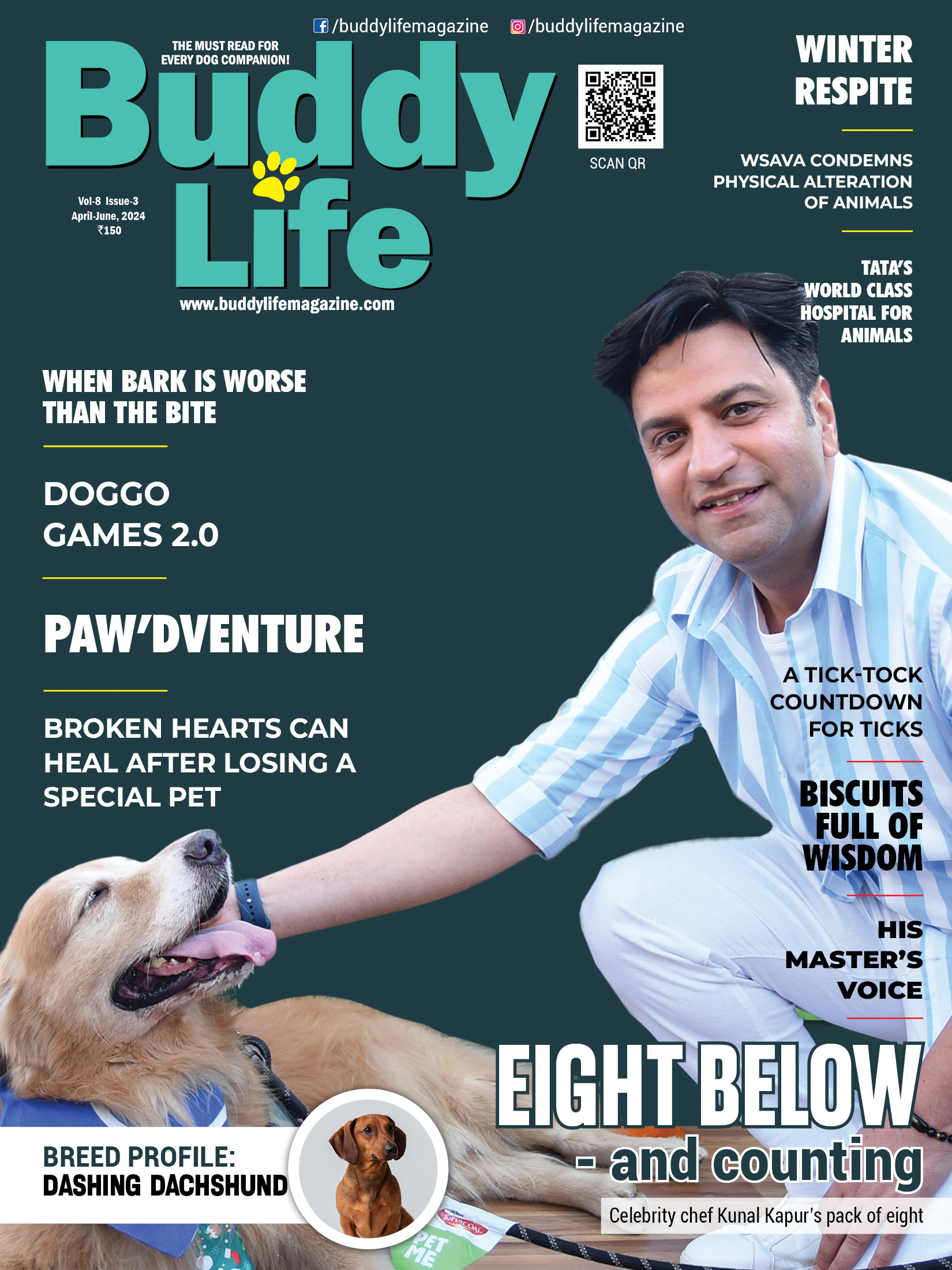
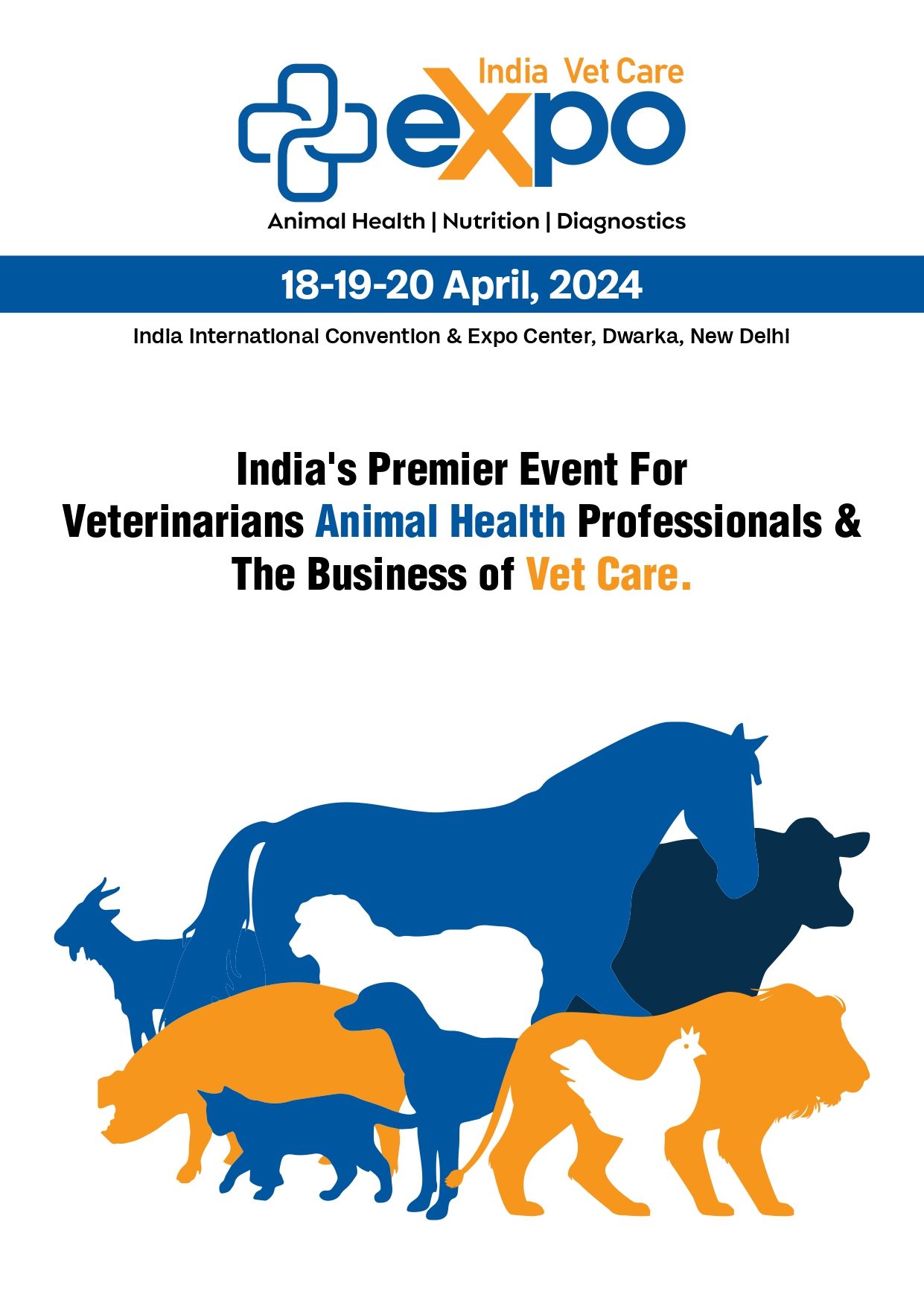
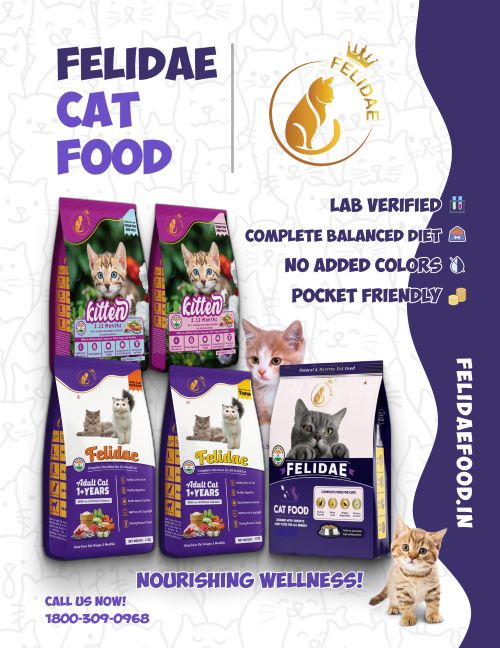


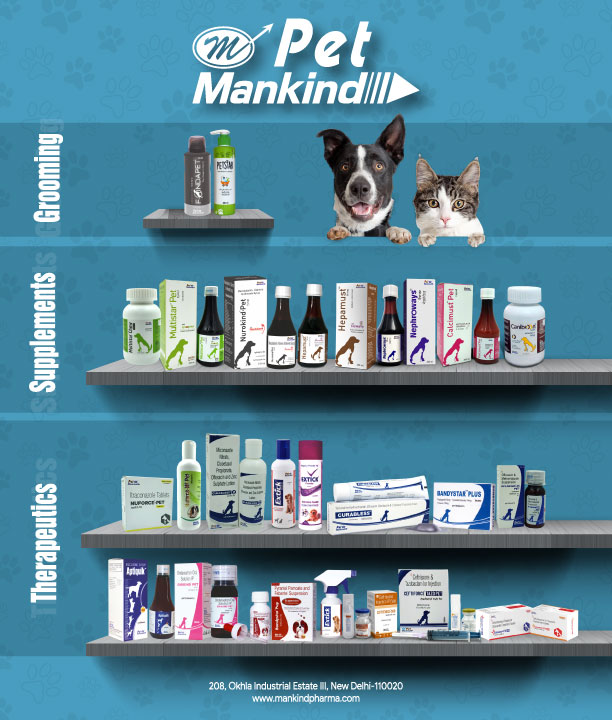
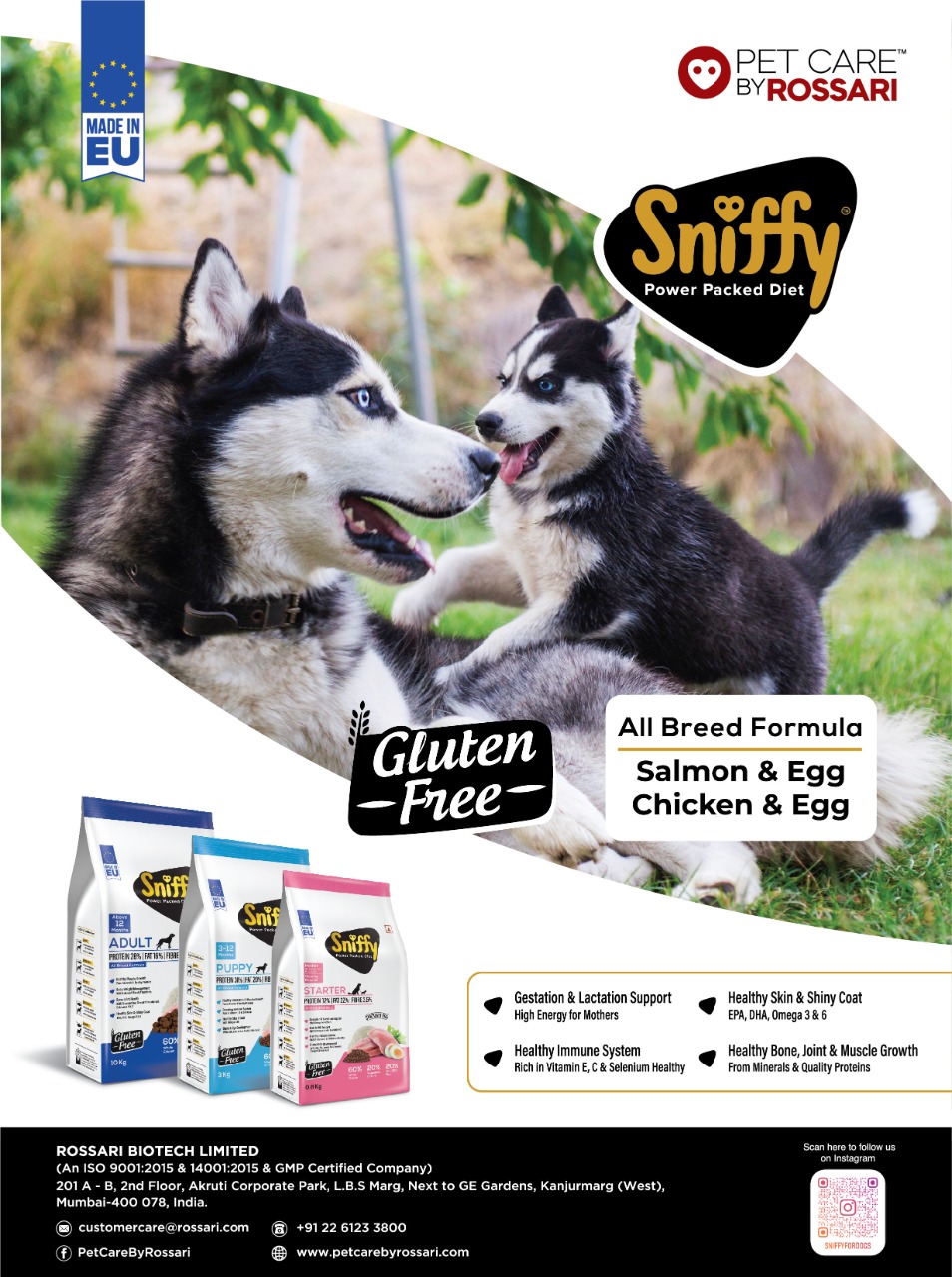
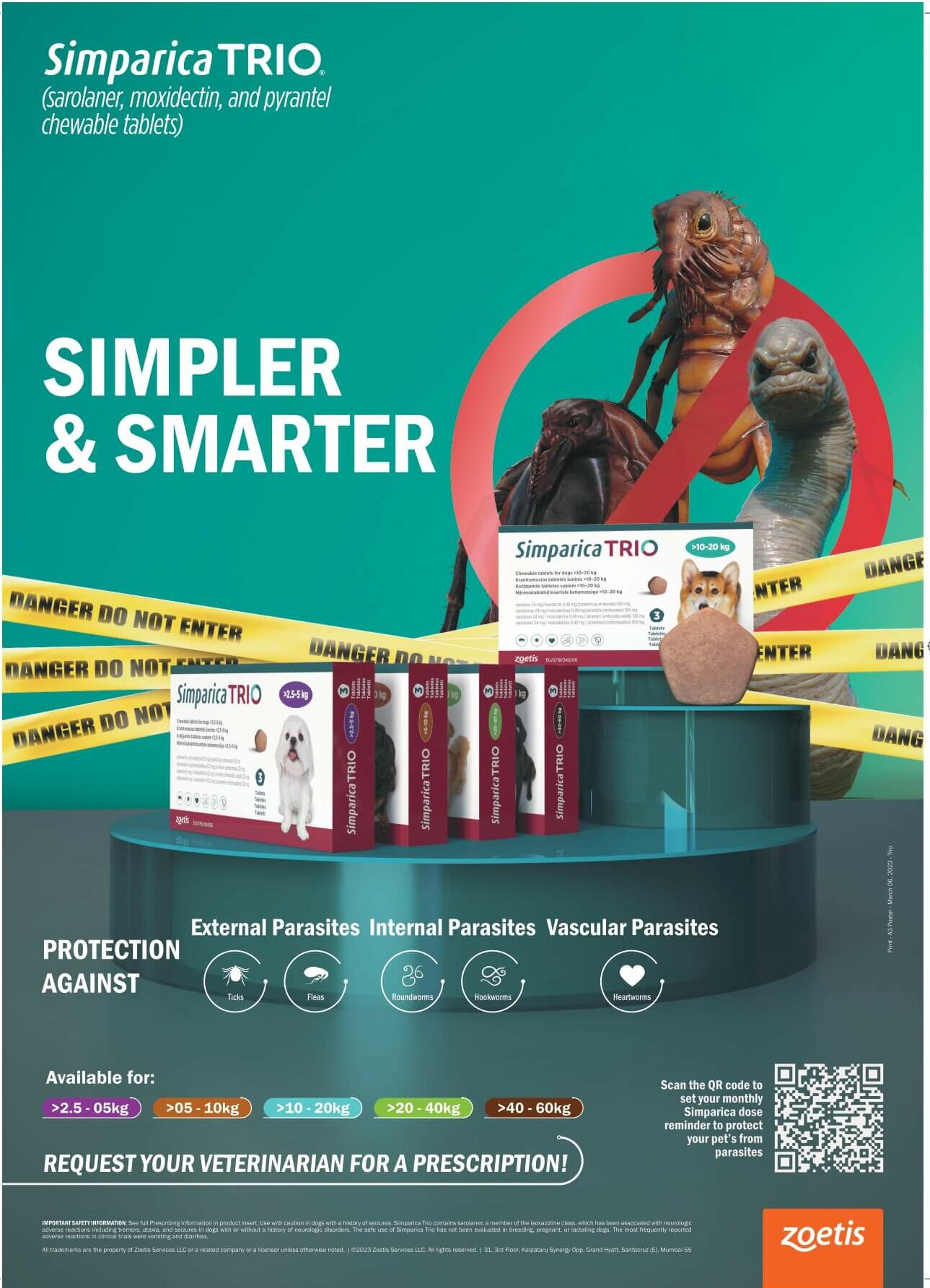
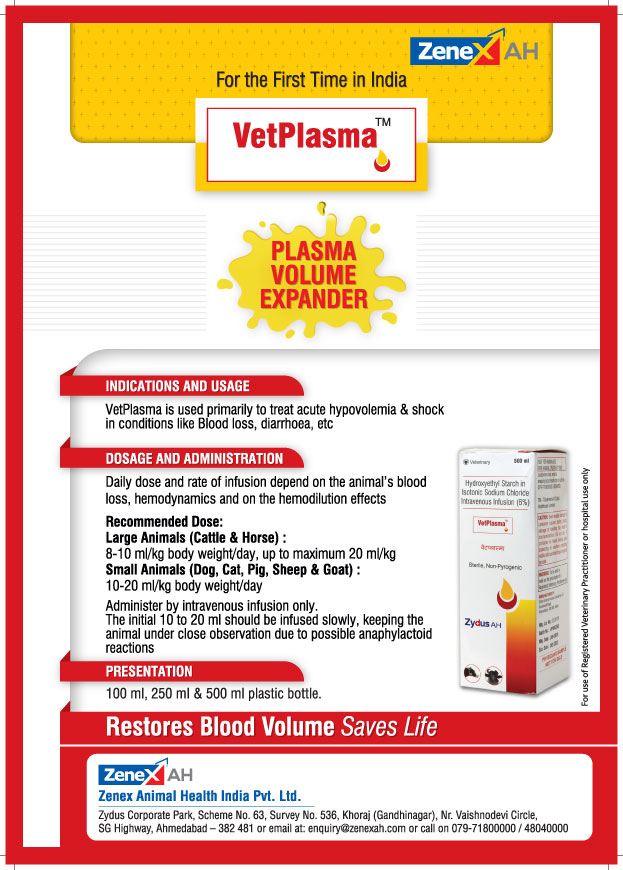

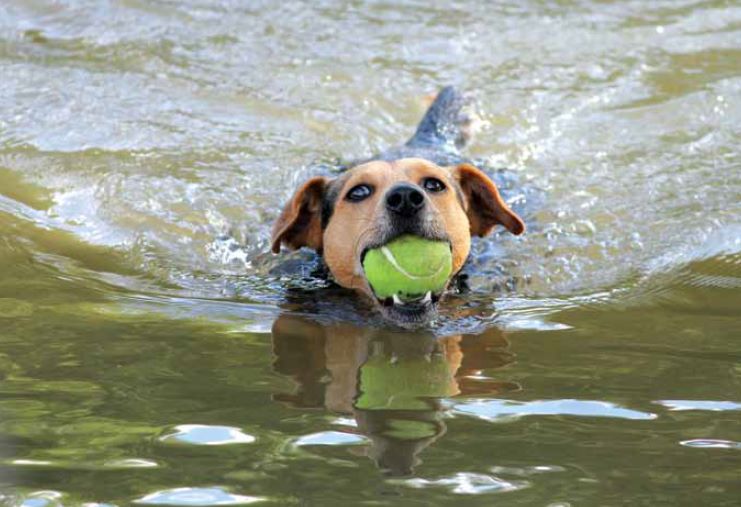 " >
" >
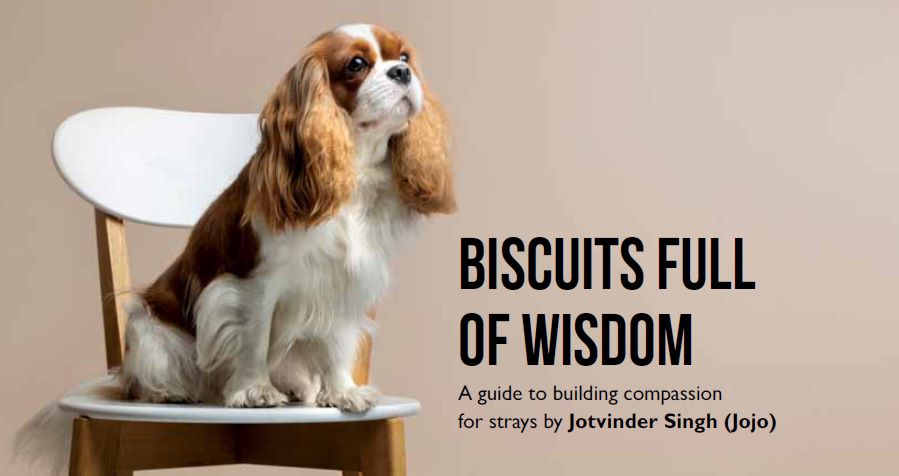 " >
" >